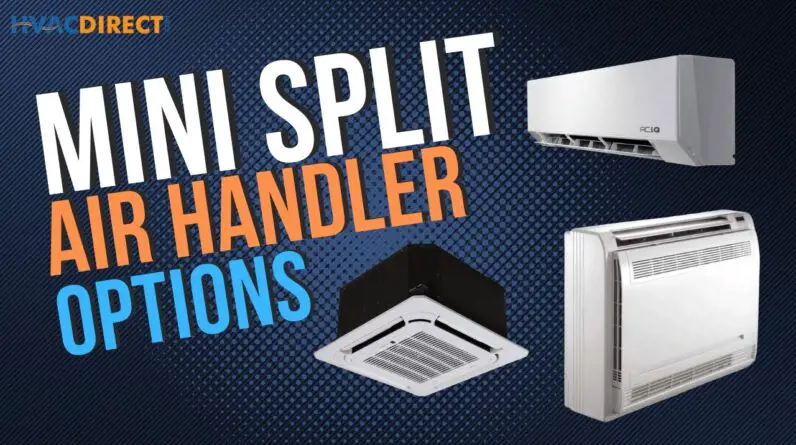A Comprehensive Guide to Different Types of Indoor Units for Multi-Zone Mini Split Systems
Introduction
It is crucial for both homeowners and HVAC professionals to be aware of the diverse array of indoor units available for multi-zone mini split systems. With the advent of sophisticated technology, such as Cooper and Hunter’s inverter systems, there is now the capability to have multiple indoor zones with energy-efficient heating and cooling. In this guide, we will explore the various indoor unit options, their specific features, and their advantages for different applications.
Why Inverter Systems are Ideal for Multi-Zone Mini Splits
Cooper and Hunter’s inverter technology allows for more efficient control of refrigerant and airflow, resulting in better electrical efficiency. This energy-saving feature is especially advantageous when utilizing multi-zone systems. With the ability to install up to five indoor units, homeowners are afforded the flexibility of having fewer running zones based on seasonal needs. Furthermore, service valves eliminate the necessity of pumping down or recovering the refrigerant, making it possible to install additional zones seamlessly.
Exploring the Variety of Indoor Units for Multi-Zone Systems
We will now delve into the details of each indoor unit type, beginning with the mini floor console unit, followed by the wall hung unit, slim duct, ceiling cassette, and finally, the universal floor/ceiling unit. Understanding the unique features of each unit will enable homeowners and HVAC professionals to choose the most suitable option for their specific requirements.
1. Mini Floor Console Unit
Designed to be mounted on the lower portion of a wall, the mini floor console unit is perfect for half-wall installations, such as in a cape cod-style home. This compact system features an air discharge from both the top and bottom, providing ample heating and cooling coverage. Typical installation includes it being mounted on specialized clips that provide ample support while allowing room for the necessary electrical connections, line set connections, and condensate drainage.
2. Wall Hung Unit
Arguably the most common and recognizable unit, the wall hung unit is mounted high on the wall to provide efficient heating and cooling throughout the room. Available in various sizes (e.g., 12,000 BTU or 24,000 BTU), these units have easily accessible electrical connections, air filters, and even the option for wired temperature control or a remote control for user-friendly operation.
3. Slim Duct Unit
The slim duct unit is mounted above a drop ceiling, with return and supply ducts offering a more concealed aesthetic compared to typical ductless systems. This unit features a robust electrical configuration, wired temperature control, and condensate pump options to accommodate different installation requirements. The slim duct unit also incorporates magnetic rings to reduce electrical interference with surrounding electronics.
4. Ceiling Cassette Unit
Designed to be installed within a drop ceiling, the ceiling cassette unit provides a seamless and unobtrusive appearance while delivering effective heating and cooling. The easily removable front panel allows for convenient access to the air filter, electrical connections, and line set connections. Furthermore, this unit includes a built-in condensate pump with flexible connections for easy installation and drainage.
5. Universal Floor/Ceiling Unit
Offering unparalleled versatility, the universal floor/ceiling unit can be mounted on the floor, wall, or ceiling, providing a perfect solution for spaces with limited options. Configurable to be controlled via remote or wall-mounted wired controller, this unit also has user-friendly accessibility to air filters, electrical connections, and line sets, making it an ideal choice for various applications.
Conclusion
As HVAC technology continues to advance and evolve, it is essential for homeowners and professionals to stay informed on the latest innovations. By understanding the benefits and features of various indoor units for multi-zone mini split systems, individuals can make well-informed decisions that suit their unique preferences and needs. So, take the time to explore these options and choose the one that best meets your requirements for comfort, efficiency, and versatility.






